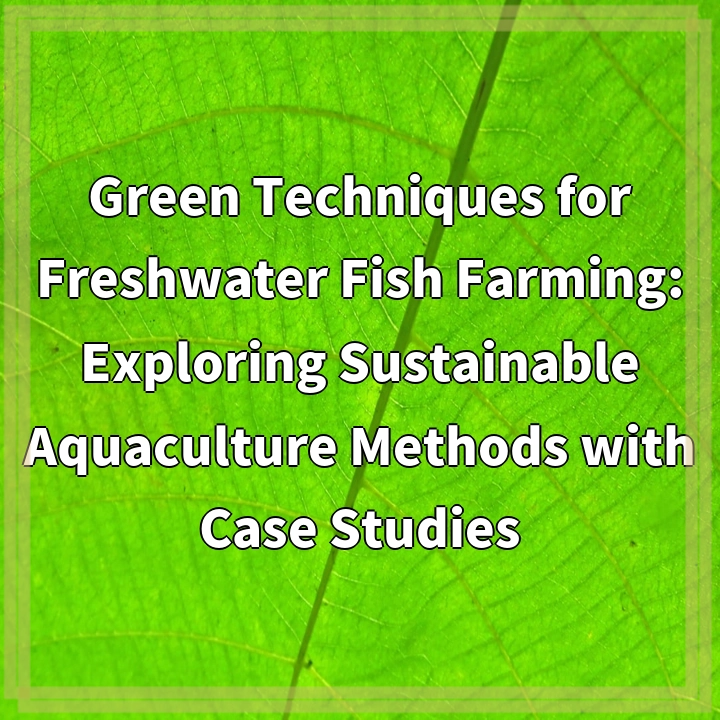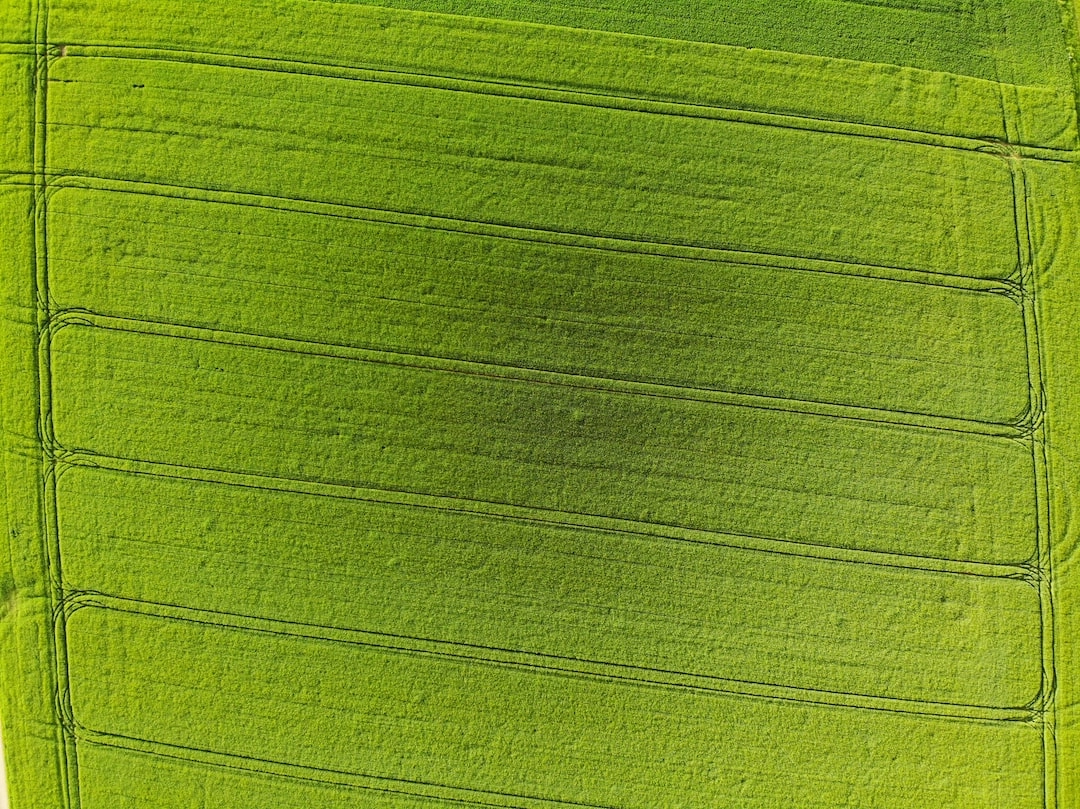
What is Green Techniques for Freshwater Fish Farming?
Freshwater fish farming, also known as aquaculture, is the practice of cultivating fish in tanks, ponds, or other controlled environments. Green techniques for freshwater fish farming involve implementing sustainable and environmentally friendly practices that minimize negative impacts on ecosystems, conserve resources, and prioritize animal welfare.
These techniques focus on finding efficient and innovative ways to raise fish while reducing the industry’s ecological footprint. By adopting sustainable aquaculture methods, farmers can contribute to the conservation of freshwater ecosystems and ensure the long-term viability of fish farming as a source of food and income.
Real-World Problems Associated with Green Techniques for Freshwater Fish Farming
While green techniques for freshwater fish farming offer numerous benefits, there are several real-world problems that need to be addressed:
1. Water Pollution:
Intensive fish farming can produce significant amounts of waste, including excess feed and fish excrement, which can pollute water bodies if not properly managed. The release of nutrient-rich effluents can lead to eutrophication, oxygen depletion, and the proliferation of harmful algal blooms.
2. Habitat Destruction:
Expanding fish farming operations can require clearing vegetation, disrupting natural habitats, and altering the course of waterways. These activities can negatively impact local ecosystems, including the loss of important breeding and feeding grounds for native fish species.
3. Escapes and Genetic Contamination:
Inadequate containment systems or poor farming practices can lead to fish escaping into the wild. Escaped farmed fish can breed with wild populations, potentially reducing genetic diversity and compromising the overall health of native fish populations.
4. Resource Consumption:
Traditional fish farming often relies on large quantities of wild-caught fish for feed, contributing to overfishing and the depletion of marine resources. Additionally, conventional fish farming systems consume significant amounts of energy, water, and chemicals for maintenance, which can have negative environmental consequences.
5. Disease and Antibiotic Use:
High-density fish farming environments can facilitate the spread of diseases among fish populations. To control outbreaks, antibiotics and chemicals are often used. This practice can lead to the development of antimicrobial resistance and negatively impact water quality and surrounding ecosystems.

Solutions for Green Techniques in Freshwater Fish Farming
Efforts are underway to address the real-world problems associated with green techniques for freshwater fish farming. Here are some solutions being implemented:
1. Water Pollution Prevention and Treatment:
Implementing proper waste management systems, such as recirculating aquaculture systems and wastewater treatment technologies, can minimize water pollution from fish farms. Additionally, optimizing feeding practices and using improved feed formulations can reduce excess nutrient discharge.
2. Sustainable Farm Design and Management:
Adopting practices such as integrated multitrophic aquaculture, which combines multiple species at different trophic levels to maximize resource utilization and minimize environmental impact, can promote habitat conservation and enhance biodiversity. Ensuring adequate space and appropriate stocking densities can also help minimize stress and disease outbreaks.
3. Escape Prevention and Control:
Utilizing secure containment systems, such as properly constructed and maintained nets and fences, can prevent fish escapes. Monitoring and reporting escape incidents promptly can facilitate swift response and recapture efforts to minimize genetic contamination in the wild.
4. Sustainable Feed Sourcing:
Exploring alternative feed sources, such as algal-based or insect-based feeds, can reduce reliance on wild-caught fish. Additionally, optimizing feeding strategies and incorporating by-products from other industries can help reduce the overall ecological footprint of fish farming operations.
5. Disease Prevention and Health Management:
Implementing strict biosecurity measures, such as regular health screenings, vaccination programs, and proper farm hygiene, can help prevent diseases and reduce the need for antibiotics. Emphasizing good aquaculture practices, including water quality monitoring, can contribute to a healthier farm environment.















